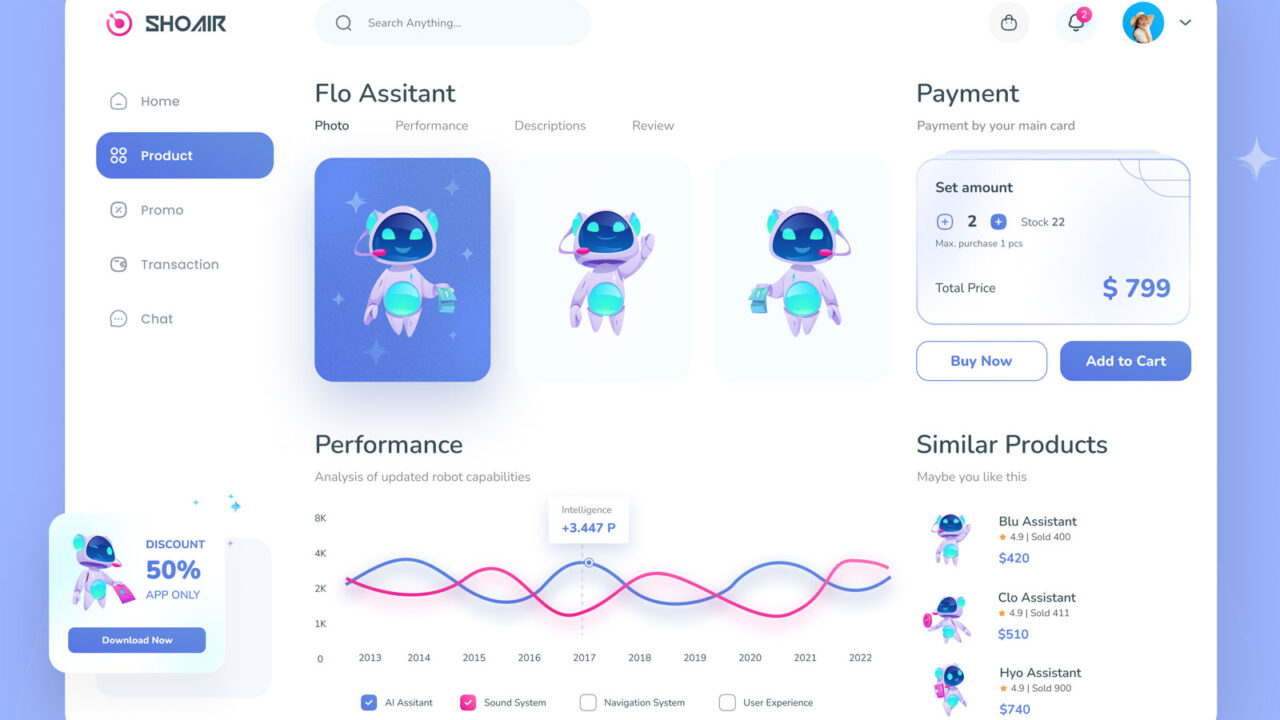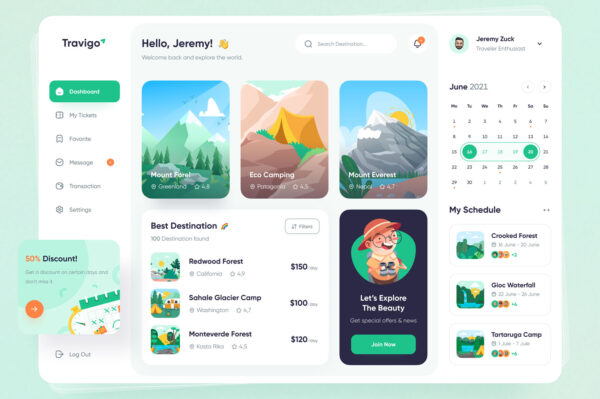In today’s rapidly evolving work landscape, the traditional 9-to-5 employment model is no longer the only path to professional success. Freelancing has emerged as a viable and increasingly popular alternative, offering flexibility, autonomy, and potential financial rewards that many find appealing. But the question remains for many considering this path: “Can I make a career out of freelancing?” This comprehensive guide explores the realities, challenges, and strategies for building a sustainable and fulfilling freelance career.


The Freelance Revolution: More Than Just a Trend
The freelance economy has experienced exponential growth over the past decade. According to various industry reports, freelancers now represent over 35% of the global workforce, with numbers continuing to rise. This isn’t merely a temporary shift but rather a fundamental restructuring of how work is organized and distributed in the digital age.
Several factors have contributed to this growth:
- Technological advancements have made remote collaboration seamless
- Specialized platforms have emerged to connect freelancers with clients worldwide
- Companies seeking flexibility increasingly prefer project-based hiring
- Workers prioritizing work-life balance are drawn to the freelance model
- Economic uncertainties have encouraged multiple income streams
These trends suggest that freelancing isn’t just a viable career path—it’s becoming an integral part of the modern economy. However, viability doesn’t automatically translate to individual success. Building a sustainable freelance career requires strategic planning, dedication, and a realistic understanding of both the benefits and challenges.
The Realities of Freelance Income
Perhaps the most pressing question for potential freelancers is whether they can earn enough to support themselves and their financial goals. The answer, like many aspects of freelancing, is: it depends.
Income Variability and Potential
Freelance income typically follows patterns that differ significantly from traditional employment:
- Initial struggle period: Most freelancers experience lower and inconsistent income during their first 6-12 months as they build their client base and reputation.
- Growth phase: As skills, portfolio, and client relationships develop, income tends to increase and stabilize.
- Scaling potential: Established freelancers often earn considerably more than their traditionally-employed counterparts, particularly in specialized fields.
According to recent surveys, experienced freelancers in fields like specialized writing, programming, design, marketing, and consulting can earn six-figure incomes. However, these figures represent those who have successfully navigated the challenges of establishing themselves in competitive markets.
Income Stability Strategies
Unlike salaried positions, freelance income rarely arrives in predictable bi-weekly intervals. Successful freelancers develop strategies to manage this inherent variability:
- Retainer agreements: Establishing monthly retainers with regular clients provides a baseline of predictable income.
- Diverse client portfolio: Maintaining multiple clients ensures that the loss of any single client doesn’t devastate your financial situation.
- Emergency fund: Successful freelancers typically maintain 3-6 months of expenses in easily accessible savings.
- Tiered pricing structures: Offering different service levels allows capturing various market segments and income opportunities.
- Value-based pricing: Moving beyond hourly rates to project-based pricing that reflects the value delivered rather than time spent.
Understanding that income peaks and valleys are normal helps set realistic expectations. Many freelancers track monthly averages rather than focusing on week-to-week fluctuations.
Essential Skills for Freelance Success
Beyond expertise in your core service offering, successful freelancing requires a diverse skill set that many don’t initially anticipate:
Business Development Skills
- Marketing and self-promotion: Ability to articulate your value proposition clearly
- Sales skills: Converting inquiries into paying clients
- Networking: Building and maintaining professional relationships
- Proposal writing: Creating compelling offers that win business
- Brand building: Developing a distinctive professional identity
Business Management Skills
- Financial management: Tracking income, expenses, and profitability
- Project management: Delivering quality work on schedule
- Time management: Balancing multiple clients and projects
- Contract negotiation: Securing favorable terms and clear expectations
- Tax planning: Understanding self-employment tax obligations
Psychological Resilience
- Self-motivation: Working productively without external structure
- Boundary setting: Managing client expectations and work-life balance
- Rejection handling: Bouncing back from lost opportunities
- Uncertainty tolerance: Maintaining focus during income fluctuations
- Continuous learning: Adapting to changing market demands
Freelancers who thrive typically excel not just in their professional specialty but also in these supporting skills. Fortunately, most of these capabilities can be developed over time through deliberate practice and learning.
Building a Sustainable Freelance Business
Transitioning from occasional freelance work to a sustainable career requires treating your services as a legitimate business:
1. Define Your Service Offering
Successful freelance businesses are built on clearly defined services that meet specific market needs:
- Identify your expertise niche: Specialization typically commands higher rates than generalist services
- Map your services to client problems: Focus on outcomes rather than processes
- Develop service packages: Create standardized offerings with clear deliverables and pricing
- Establish a unique value proposition: Articulate why clients should choose you over alternatives
2. Create Professional Systems
Beyond delivering excellent work, sustainable freelancing requires operational infrastructure:
- Client onboarding process: Standardized information collection and expectation setting
- Project management workflow: Consistent approach to planning and executing work
- Communication protocols: Clear guidelines for client interactions and availability
- Payment systems: Professional invoicing and multiple payment options
- Legal protections: Standard contracts and intellectual property agreements
3. Implement Strategic Marketing
Unlike traditional employment, freelancers must continuously attract new opportunities:
- Portfolio development: Showcasing your best work in an accessible format
- Content marketing: Demonstrating expertise through blogs, videos, or podcasts
- Strategic networking: Building relationships in your industry and client sectors
- Testimonial collection: Documenting client satisfaction for social proof
- Platform optimization: Maximizing visibility on relevant freelance platforms
- Referral systems: Encouraging and rewarding client referrals
4. Focus on Client Relationships
Long-term freelance success often hinges on relationship quality rather than transaction volume:
- Exceed expectations: Delivering more value than clients anticipate
- Regular communication: Providing updates without being asked
- Problem anticipation: Identifying potential issues before they arise
- Expertise sharing: Educating clients about your field builds trust
- Strategic follow-up: Maintaining connections between projects
5. Plan for Evolution and Growth
Sustainable freelance careers adapt and evolve over time:
- Skill expansion: Developing complementary capabilities that increase your value
- Market monitoring: Staying attuned to emerging opportunities and declining sectors
- Rate adjustments: Regularly reviewing and increasing your pricing
- Efficiency improvements: Streamlining processes to increase profitability
- Strategic partnerships: Collaborating with complementary service providers
Common Freelance Career Paths and Evolution
Freelance careers rarely remain static. Understanding common evolution patterns can help you plan strategically:
The Specialist Path
Many successful freelancers become increasingly specialized, developing rare expertise that commands premium rates. This path typically involves:
- Focusing on a narrow service area where you excel
- Developing advanced capabilities within that niche
- Marketing specifically to clients who value that specialty
- Gradually increasing rates as your expertise deepens
- Eventually working with fewer, higher-paying clients
Examples include specialized copywriters who focus exclusively on email sequences for SaaS companies or developers who become experts in specific frameworks or technologies.
The Agency Path
Some freelancers eventually transition from solo practitioners to small agency owners:
- Starting by occasionally subcontracting overflow work
- Gradually building a network of reliable collaborators
- Shifting from doing the work to managing and quality control
- Developing systems that ensure consistent delivery
- Eventually building a team that can operate without constant oversight
This path can substantially increase earning potential but requires developing management and leadership skills alongside your technical expertise.
The Product Creator Path
Another common evolution involves leveraging freelance expertise to create products:
- Identifying common client needs that could be standardized
- Developing templates, tools, or courses based on your expertise
- Creating passive income streams that complement client work
- Gradually shifting from time-based to product-based revenue
- Eventually building a business that doesn’t require trading time for money
Examples include designers who sell templates, writers who create copywriting frameworks, or developers who build plugins and themes.
The Hybrid Career Path
Increasingly, freelancers are creating customized career structures that combine elements of freelancing with other professional activities:
- Part-time freelancing alongside traditional employment
- Combining freelance client work with teaching or speaking
- Balancing service-based work with product development
- Creating portfolio careers with multiple related income streams
- Developing “slash careers” that combine different professional identities
This approach offers both diversity and stability, often providing the best of multiple worlds.
The Challenges of Freelance Careers (and How to Overcome Them)
Building a sustainable freelance career isn’t without significant challenges. Understanding these obstacles—and strategies to overcome them—is essential for long-term success.
Income Uncertainty
Challenge: Unpredictable cash flow can create financial stress and planning difficulties. Solutions:
- Build an emergency fund covering 3-6 months of expenses
- Develop multiple income streams (different client types, passive income)
- Establish retainer relationships for baseline predictable income
- Create a financial buffer by living below your means initially
Isolation and Community
Challenge: Freelancing can be solitary, lacking the social connections of traditional workplaces. Solutions:
- Join coworking spaces or freelance communities
- Participate in industry events and conferences
- Schedule regular virtual or in-person meetings with peers
- Build a support network of other freelancers who understand your challenges
Professional Development
Challenge: Without company-sponsored training, skills development becomes self-directed. Solutions:
- Allocate a percentage of income for courses and continuing education
- Join professional associations in your field
- Seek projects that stretch your capabilities
- Find mentors or coaches who can guide your growth
- Participate in skill-exchange arrangements with other freelancers
Administrative Burden
Challenge: Freelancers must handle tasks that would be managed by specialized departments in larger organizations. Solutions:
- Implement efficient systems and workflows
- Invest in appropriate tools and software
- Consider outsourcing functions like bookkeeping or basic admin
- Schedule dedicated time for business management tasks
- Gradually automate repetitive processes
Work-Life Boundaries
Challenge: Without clear separation between work and personal life, many freelancers struggle with overwork or distraction. Solutions:
- Create a dedicated workspace
- Establish defined working hours
- Use technology to enforce boundaries (separate work/personal devices)
- Develop clear client communication policies
- Practice saying no to projects that compromise your boundaries
Is Freelancing Right for You? Self-Assessment Questions
Before committing to freelancing as a career path, honestly assess your compatibility with this work style:
- Financial readiness: Do you have savings to support yourself during the establishment phase?
- Risk tolerance: How comfortable are you with income variability and uncertainty?
- Self-discipline: Can you maintain productivity without external structure and supervision?
- Client acquisition: Do you have the skills and willingness to market yourself consistently?
- Boundary setting: Can you separate work and personal time effectively?
- Administrative capacity: Are you willing to handle the business aspects beyond your core service?
- Support network: Do you have people who understand and support your freelance aspirations?
- Skill marketability: Is there sufficient demand for your services in the freelance market?
Your answers to these questions won’t necessarily disqualify you from freelancing success but can highlight areas requiring special attention or development.
Starting Your Freelance Career: Practical First Steps
If you’ve decided to pursue freelancing as a career path, these practical steps can help you begin effectively:
- Financial preparation: Build a runway of 3-6 months of living expenses
- Skills assessment: Identify your marketable services and any gaps requiring development
- Market research: Understand typical rates, demand, and competition in your field
- Legal structure: Determine the appropriate business structure (sole proprietorship, LLC)
- Service definition: Create clear service packages with deliverables and pricing
- Online presence: Develop a professional website and relevant social profiles
- Initial marketing: Reach out to your existing network about your services
- Platform profiles: Establish presence on relevant freelance platforms
- Systems creation: Set up basic administrative systems (contracts, invoicing)
- First clients: Focus on securing initial projects, even at somewhat lower rates, to build portfolio and references
Many successful freelancers begin part-time while maintaining other income, gradually transitioning as their freelance business grows.
Conclusion: A Viable Career With the Right Approach
Can you make a career out of freelancing? The evidence clearly suggests yes—millions of professionals worldwide have created sustainable, rewarding careers outside traditional employment structures. However, success requires more than simply offering services; it demands treating your freelance work as a legitimate business requiring strategy, systems, and continuous development.
The freelance path offers unique advantages: flexibility, autonomy, income potential, and the ability to shape work around your life rather than vice versa. It also presents distinct challenges requiring resilience, adaptability, and business acumen beyond your core professional skills.
Those who approach freelancing with realistic expectations, adequate preparation, and a commitment to ongoing development often find it not merely a viable career alternative but a preferable one—offering professional fulfillment and lifestyle benefits difficult to achieve in traditional employment models.
The most successful freelance careers are built gradually through consistent delivery of excellent work, strategic relationship building, and adaptation to evolving market opportunities. With persistence and the right approach, freelancing can provide not just a temporary income source but a sustainable, rewarding career path aligned with your professional goals and personal values.




